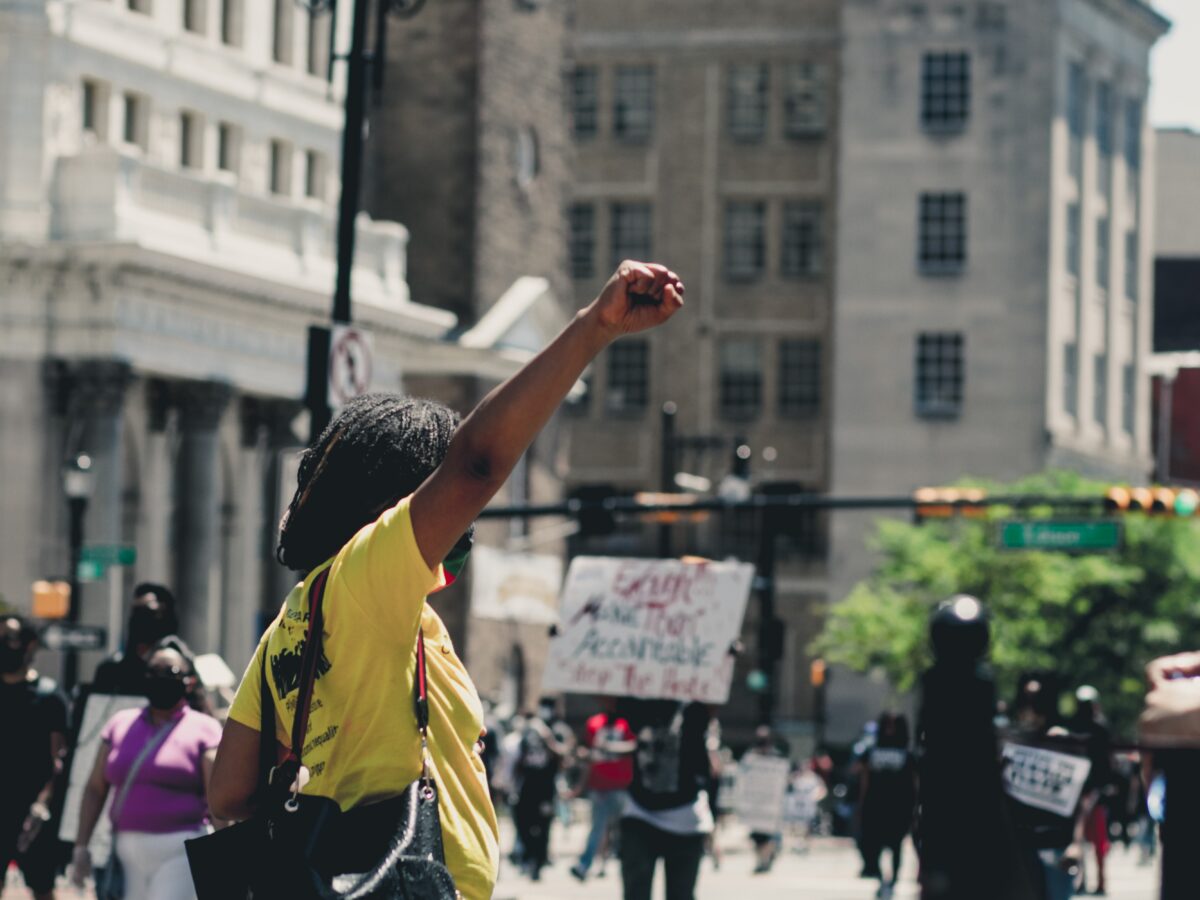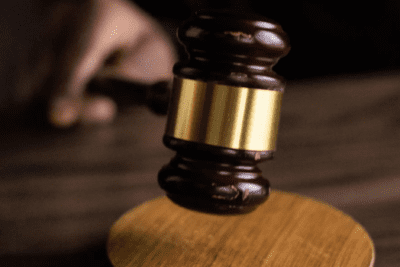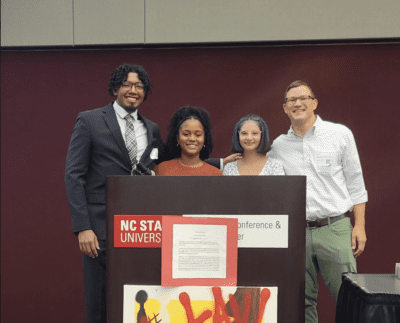
This Black History Month is the second after the civil unrest that rocked the United States following the murder of George Floyd. I had the unfortunate privilege of being online at the time and witnessing firsthand the discourse surrounding the protests and riots. For the sake of brevity, there were three main camps: those who supported the protesters’ goals and methods, those who disapproved of both, and those who agreed with the message but disagreed with the action.
That last group is the most interesting and might have been the largest, as most Americans supported the movement while not viewing protest as “a very effective tactic” for delivering change.
The Association for the Study of African American Life and History’s theme of Black History Month this year is Black resistance. From slave revolts and work shortages to marches and voter drives, resistance is a commonality throughout Black history as much as discrimination and oppression. Much of our time will likely be devoted to studying the lives of civil rights-era leaders like Rev. Dr. Martin Luther King Jr. or Fannie Lou Hammer. But living in the present, where their ideals are realized, informs our opinions of them and their activities.
This month, when teaching and learning about Black resistance, especially the civil rights movement, we should remember that it is always unpopular in the moment.
It’s a fact that we tend to under-address in our discussions and lessons. We get caught up in almost exalting the titans of the civil rights movement but forget that they were moving against a dominant and disapproving culture that enabled injustice. We praise and adore abolitionist figures but don’t acknowledge that the institution of slavery was seen as a cornerstone of Southern society many would defend with their lives.
Whenever we do talk about the adversary civil rights leaders faced, it’s typically used as a way to make them seem even nobler. The figures burning crosses on lawns and siccing dogs on protesters are portrayed in textbooks and lectures as foils to the figures we study instead of people.
This implicit dehumanization of those opposed to civil rights paints a particular picture of public opinion in the era — one where the movement was broadly popular, and only a few genuinely virulent racists opposed it. Because our education in history and Black history often fails to reach the present, the impression left is that those few virulent racists phased out of existence sometime between 1960 and 1990.
Needless to say, that picture isn’t accurate. MLK was unpopular. Approval for the civil rights act of 1964 was slim. In the moment, demonstrators, activists, protesters, and marchers, were all disruptive and, in many cases, despised. They had to be. Because if they weren’t, marching would have been pointless. Nobody organizes protests in a society that listens when they speak.
We in the present, because we view the causes of Black people who resisted oppression in the past as noble both now and in their own time, don’t often remind ourselves their contemporaries viewed them as ignoble, or at the very least noble causes advanced with ignoble means.
As we spend this month studying and teaching Black history, it may be easy to unfavorably contrast the demonstrations of the civil rights era, which history deems noble, with the actions of activists today, which have no historical consensus due to them being simply too recent. But we should remember that you cannot teach the story of MLK as a saint without teaching that he was viewed as a devil. Resistance is always messy. The fight for progress is always a conflict.
Recommended reading



